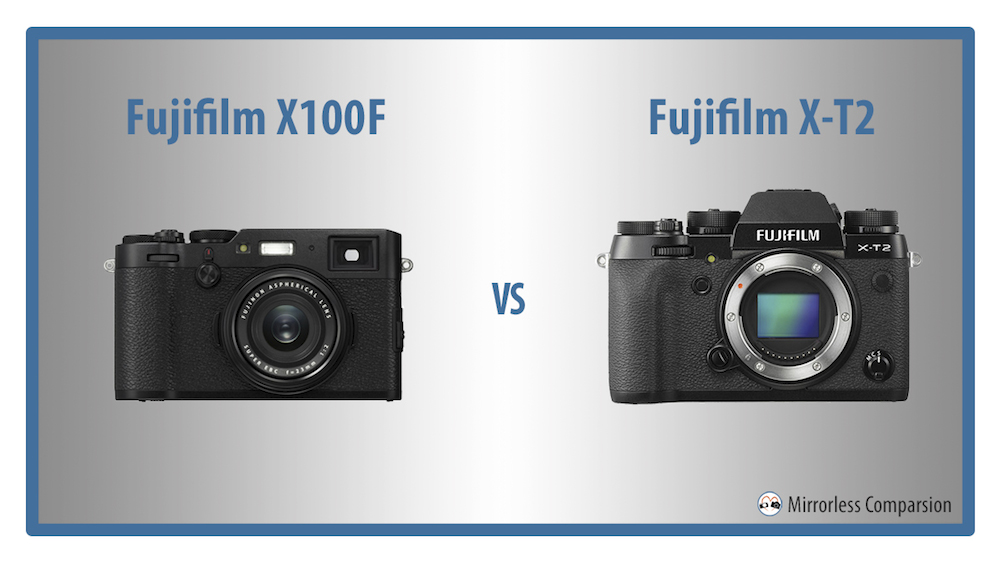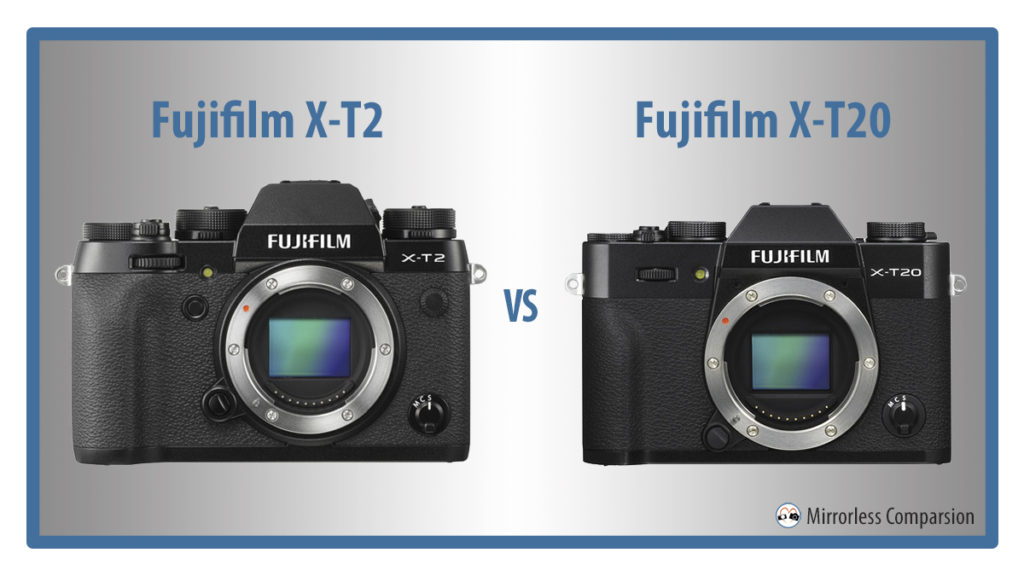Update: our complete comparison between the X-T2 and X-T20 is now online!
Following the unexpected success of the X-T1 back in 2014, Fujifilm made the strategic decision to release a smaller, stripped-down version of the flagship camera that was dubbed the X-T10. The decision must have borne fruit because Fujifilm has adopted the very same strategy with the X-T1’s successor, the X-T2, and the X-T20, the latter of which was officially announced a few days ago.
The two cameras, despite being priced very differently, have a surprising number of features in common – perhaps even more so than the original X-T1 and X-T10. These include the new 24MP APS-C X-Trans III sensor, advanced hybrid autofocus system with Custom AF settings, 4K video at 30fps, just to name a few.
In the following comparison preview, we’re going to be looking at all the most important ways in which the flagship X-T2 and mid-range X-T20 differ, with a specific focus on the features and specifications that have been removed or simplified on the cheaper model.
Read more





